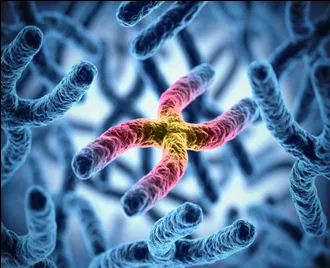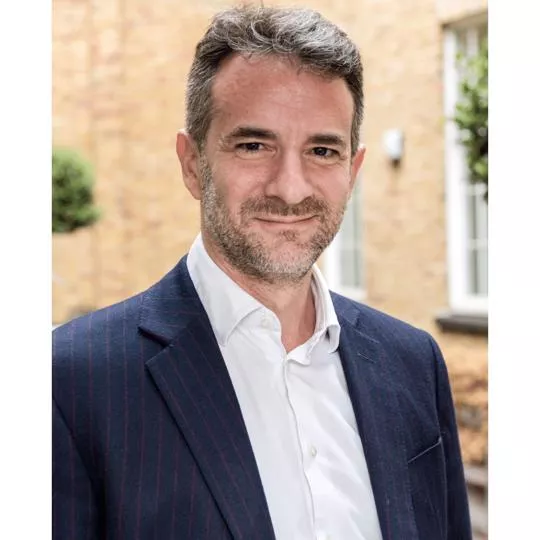22q Deletion
About 22q11.2 Deletion Syndrome (22q11.2DS)
22q11.2DS, also known as velocardiofacial syndrome (VCFS), Shprintzen syndrome or DiGeorge syndrome is a disorder caused by the deletion of a small piece of chromosome 22. This condition has many signs and symptoms that can affect almost any part of the body, including heart abnormalities often present from birth, a cleft palate and distinctive facial features. People with 22q11.2DS often experience repeat infections caused by problems with the immune system.
Developing psychosis or autism spectrum disorder: Risks and protective factors
Many children with 22q11.2DS have developmental delays, including delayed growth and speech development, and learning disabilities. Later in life, they face an increased risk of developing mental health problems such as schizophrenia, depression, anxiety, and bipolar disorder. In addition, these children are more likely to have developmental conditions such as autism spectrum disorders (ASD) affecting their communication and social interaction. Despite these risks, people with 22q11.2DS face difficulties accessing mental health care.
Magnetic resonance brain imaging (MRI) studies of individuals with 22q11.2DS are limited, but available studies have shown differences in both brain structure and function in individuals with 22q11.2DS. Although these studies were important first steps, most available brain imaging studies of individuals with 22q11.2DS included small samples of individuals whose psychiatric diagnoses were not always clearly identified. As such, the neural basis of 22q11.2DS is poorly understood and studies including larger samples of individuals with clear psychiatric assessments are warranted.
Aims
The aim of this project is to establish a multicentre network with the University of California, Los Angeles (UCLA) and Cardiff University. We intend to investigate the anatomy, function and connectivity of brain systems that may contribute towards (or protect from) development of psychosis and ASD in a large group of individuals with 22q11.2DS.
We will use a range of brain imaging scans (structural (sMRI), resting state functional magnetic resonance imaging (rsfMRI) and diffusion tensor imaging (DTI)), behavioural, neuropsychological and genetic assessments to identify brain, behavioural and genetic risk (and protective) factors for developing ASD and psychosis in children and adults with 22q11.2DS.
This project is supported by Max Appeal (the UK charity for individuals with 22q11.2DS) and links with the Behavioural Genetics and Adult ASD clinic, the Maudsley Hospital, and the 22q clinic, Great Ormond Street Hospital. Our group belongs to the International Consortium on Brain and Behaviour in 22q11.2 deletion syndrome.


